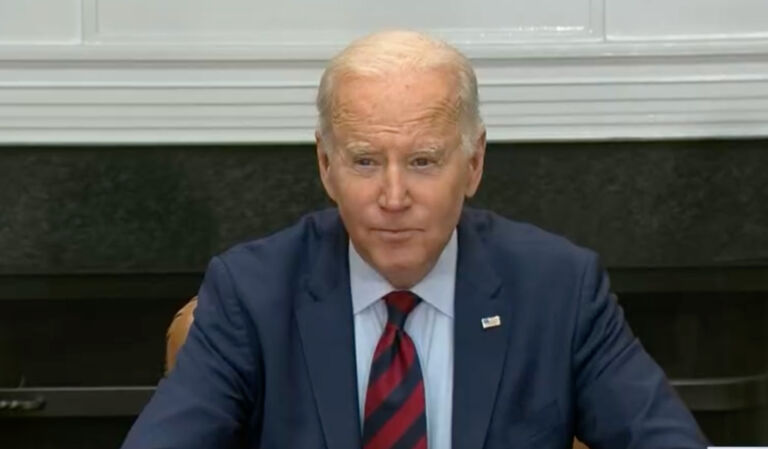Nat Malkus of the American Enterprise Institute unveils a new tool designed to track costs of a signature Biden administration education policy.
Student loan debt has risen to truly incredible heights in recent years, cresting at $1.6 trillion, the largest category of non-housing consumer debt, and with it has come calls and proposals for student debt relief. The Biden administration’s signature action on debt relief, forgiveness of up to $20,000 for borrowers making $125,000 or less, will be weighed by the Supreme Court in late February. While that proposal is of enormous importance, it is just a part of the total forgiveness—or more accurately, foregone student loan revenues—that will come if the Biden’s administration’s forgiveness proposal and his proposed income-driven repayment (IDR) changes are added to the enormous sums are already out the door.
AEI’s Student Debt Forgiveness Tracker, which I produced and is being released today, aims to capture foregone federal student loan revenues that have already happened as well those to come. Keeping track of these revenues is important for three reasons. First, forgiven debts are direct costs to the U.S. Treasury. Second, the revenue that has already been foregone totals to an enormous, and growing total. Third, future debt relief policies should be weighed in light of what the government has already spent.
AEI’s tracker covers the Trump and Biden administrations, and through this month, captures over $255 billion dollars. The largest portion of this is from interest that has not been accruing while Congress, and both Presidents Trump and Biden, maintained the pandemic pause on federal student loan payments and interest. It also includes $23 billion from Public Service Loan Forgiveness (PSLF), over $20 billion in Borrower Defense and Closed Schools discharges, nearly $10 billion for borrowers with Total and Permanent Disabilities, and more.


